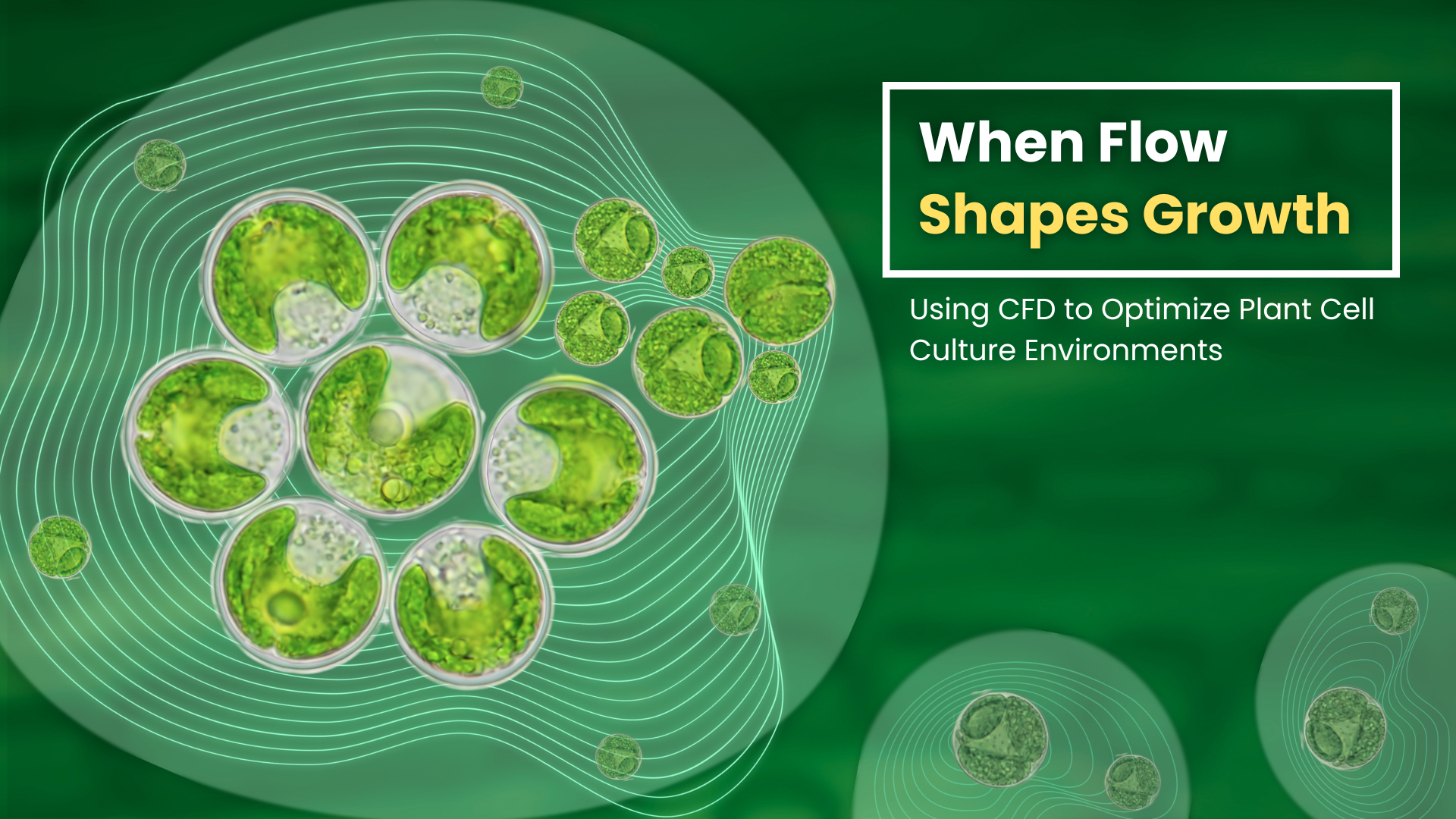
Emulsions are substances that find a wide variety of uses in areas such as encapsulation, drug delivery, catalysis, and in the formations of paints. Emulsions are basically substances containing two or more immiscible (that do not mix) liquids.
In order to stabilize such mixtures, substances known as emulsifiers are used. These include substances such as surfactants, polymers, colloidal particles, or a combination of these.
However, the synthesis of these emulsifiers requires high production costs and complex synthesis routes. These processes also generate a substantial amount of chemical waste.


In this paper, the authors of which include Mr. Hemant Kumar and Dr. Madivala G. Basavaraj from Polymer Engineering and Colloid Science (PECS) Laboratory, Department of Chemical Engineering, Indian Institute of Technology (IIT) Madras, Chennai, India, the latex sap from a plant called Calotropis procera has been used as a natural emulsifier.
Calotropis procera, also called the apple of Sodom, is a readily available plant that can grow in any region of the land with ease. These plants also have a great adaptability. The latex sap from this plant is inexpensive, biodegradable, ecofriendly, and readily available from different plants.
This latex sap was tried out with single, double, and multiple emulsions, and was found to be an effective stabilizer in all these cases. This is because the latex has colloidal-scale particles which helps in the interfacial adsorption of solid particles.
Thus it was found that the latex sap from Calotropis procera plant is a versatile source for the stabilization of emulsions. The emulsions formed are found to exhibit excellent storage stability.
Prof. Guruswamy Kumaraswamy, from the Department of Chemical Engineering, Indian Institute of Technology (IIT) Bombay, Mumbai, India, acknowledged the work done by the authors as a great first step towards deriving green alternatives for emulsifiers by giving the following comments: “Water and oil do not mix, and rapidly separate when agitated together. Therefore, formation of stable dispersions of oil droplets in water, or water in oil requires the addition of emulsifiers. For example, salad oil comprising olive oil droplets in vinegar is stabilized using egg white as an emulsifier. Such dispersions are also widely encountered in industry, for example, in ointments for personal care or medicine, and in water emulsion paints. The emulsifier is a critical aspect of such formulation technology. Petrochemically-derived soap-like synthetic molecules are typically employed as efficient emulsifiers in industry. This work from the group of Prof Madivala shows that the sap obtained from a common plant, Calotropis procera, acts as a highly efficient emulsifier to form not just oil in water and water in oil emulsions, but also double and multiple emulsions of water droplets in a larger oil droplet in water. They report a thorough analysis of the emulsifying properties of such sap for a variety of oily phases. This work represents an exciting advance demonstrating the efficacy of a naturally derived emulsifier. While more work is required to translate this to an industrial application, this work is an important first step in identifying naturally derived green alternatives for emulsifiers.”
Article by Akshay Anantharaman
Here is the original link to the paper:
https://pubs.acs.org/doi/10.1021/acs.langmuir.2c02229










